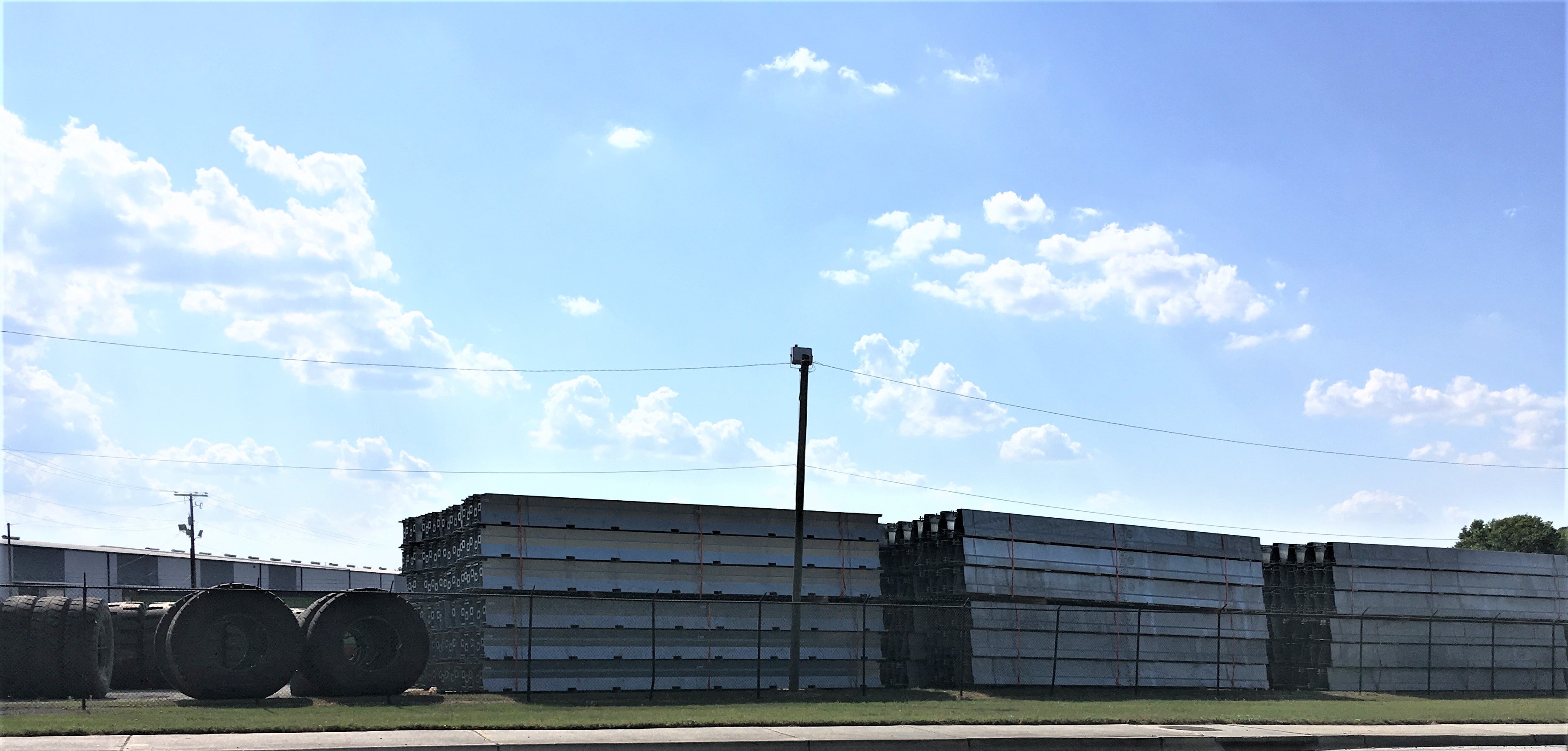Our Experience
Stormwater Discharge Investigation
GEL assisted multiple manufacturing facilities with detecting potential sources of zinc impacting stormwater reporting.
The Challenge
Several manufacturing facilities recently detected zinc in their stormwater discharge above the benchmark value as established in the South Carolina Department of Environmental and Control’s National Pollutant Discharge Elimination System (NPDES) General Permit for Stormwater Discharges Associated with Industrial Activities (IGP). According to the IGP, if zinc is detected in the facility’s stormwater discharge above the benchmark value for 4-quarterly sampling events, a facility must review the selection, design, installation, and implementation of current control measures to determine if modifications are necessary to meet zinc benchmark values. A facility is then required to:
- Make the necessary modifications and continue quarterly monitoring until the facility has completed 4 additional quarters of monitoring for which the average does not exceed the benchmark or
- Make a determination that no further pollutant reductions are technologically available and economically practicable and achievable in light of best industry practice to meet the technology-based effluent limits or are necessary to meet the water-quality-based effluent limitations included in the IGP.
If the average concentration of a pollutant exceeds a benchmark value, and the manufacturing facility determines that exceedance of the benchmark is attributable solely to the presence of that pollutant in the natural background, the manufacturing facility is not required to perform corrective action or additional benchmark monitoring. Rather, the facility must amend its SWPPP and retain supporting documentation for the natural background determination.
GEL Services Provided
- GEL prepared Sampling and Analysis Plans (SAPs) for submittal to the manufacturing facilities. The SAPs included a summary of the project, the proposed number of samples for collection, the method of sample collection, additional detail regarding the sampling requirements for regulatory compliance, the constituents for analysis, and the analytical methods for analysis of the materials. In addition, GEL researched and reviewed publicly available surface, groundwater, and geotechnical studies for the purposes of natural background determination and adequate number of samples.
- GEL conducted extensive evaluations of the facilities’ stormwater to determine locations of potential zinc sources and if the zinc detected in the stormwater discharge was attributed to natural background concentrations in the surface soils and ground waters. Stormwater samples were collected from various locations throughout each facility identified by the client as potentially contributing to the discharge of each outfall in addition to samples at each outfall. The samples were collected, transported, and submitted to GEL Laboratories, LLC for analysis. GEL prepared reports that provided the characteristic profile for zinc in background surface and ground waters and that, depending on the findings, may be used to fulfill the IGP requirement for attributing zinc in the stormwater discharge to natural background levels.
The Result
GEL’s detailed investigation outlining potential sources of zinc in the stormwater allowed the facilities to mitigate zinc impacts by:
- Implementing best management practices at identified potential sources
- Adjusting or adding control measures at potential sources
- Utilizing the data as documentation for benchmark exceedances thereby allowing for corrective action, determination that exceedances were due to natural background pollutant levels, or finding that no further pollutant reductions were technologically available and economically practicable and achievable in light of best industry practice
This mitigation allowed the facilities to:
- Maintain compliance with the IGP thereby allowing the facilities to continue production activities, prevent regulatory fees, and avoid costly plant shutdowns
- Potentially discontinue benchmark monitoring for the remainder of the permit term


